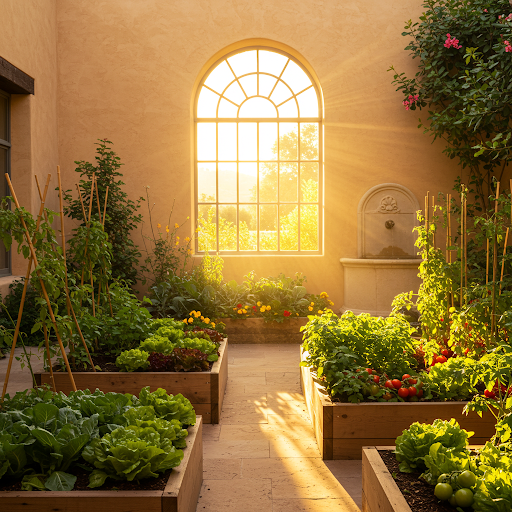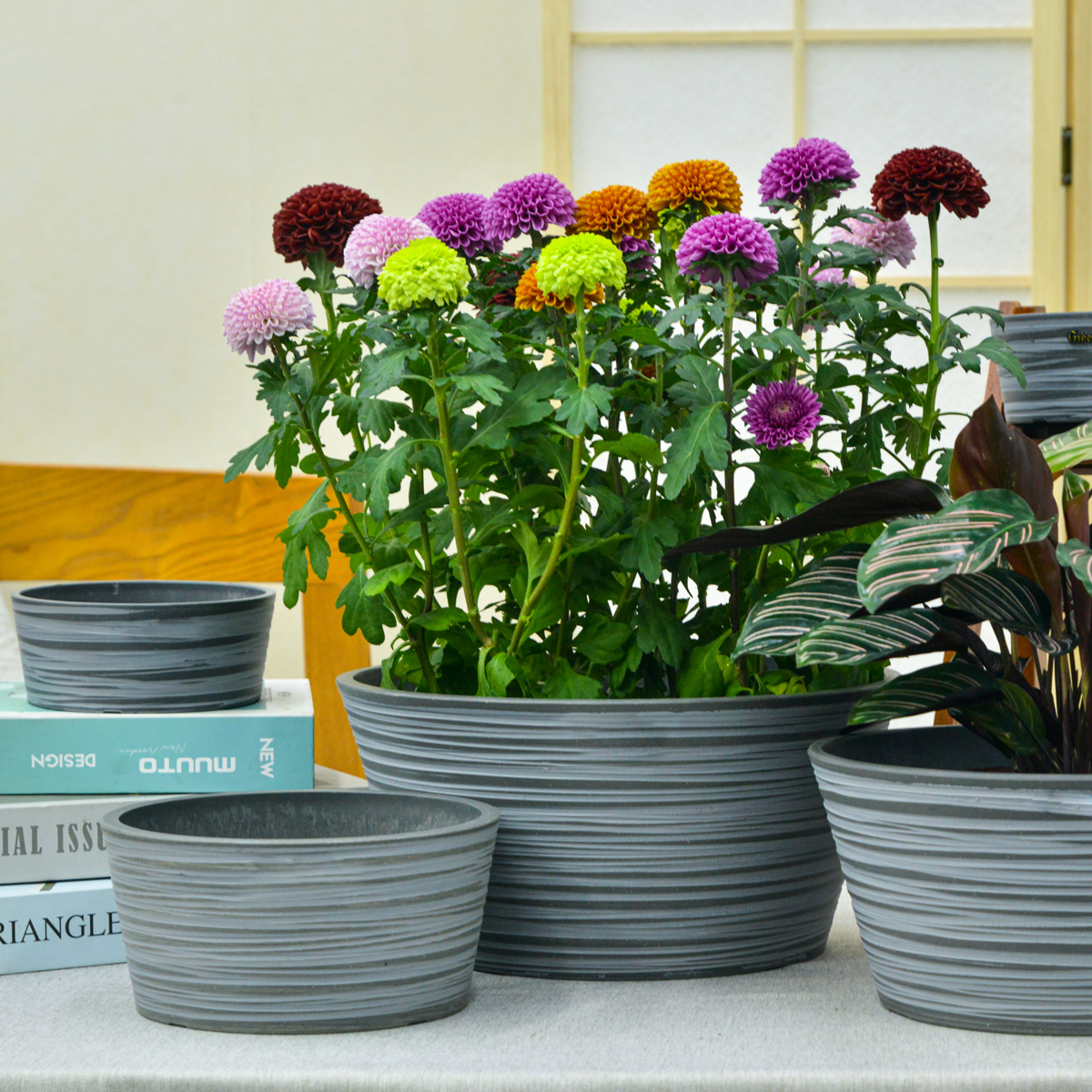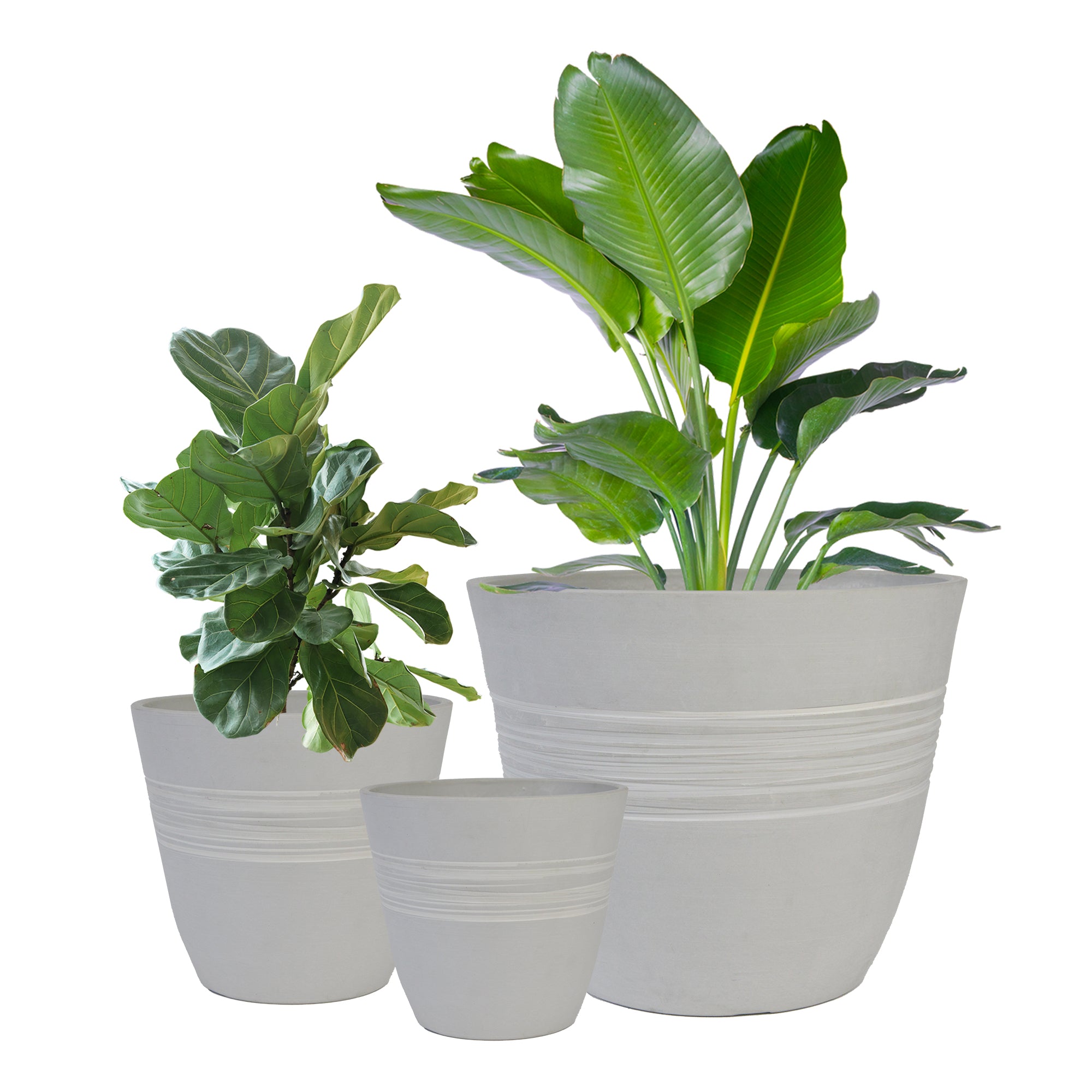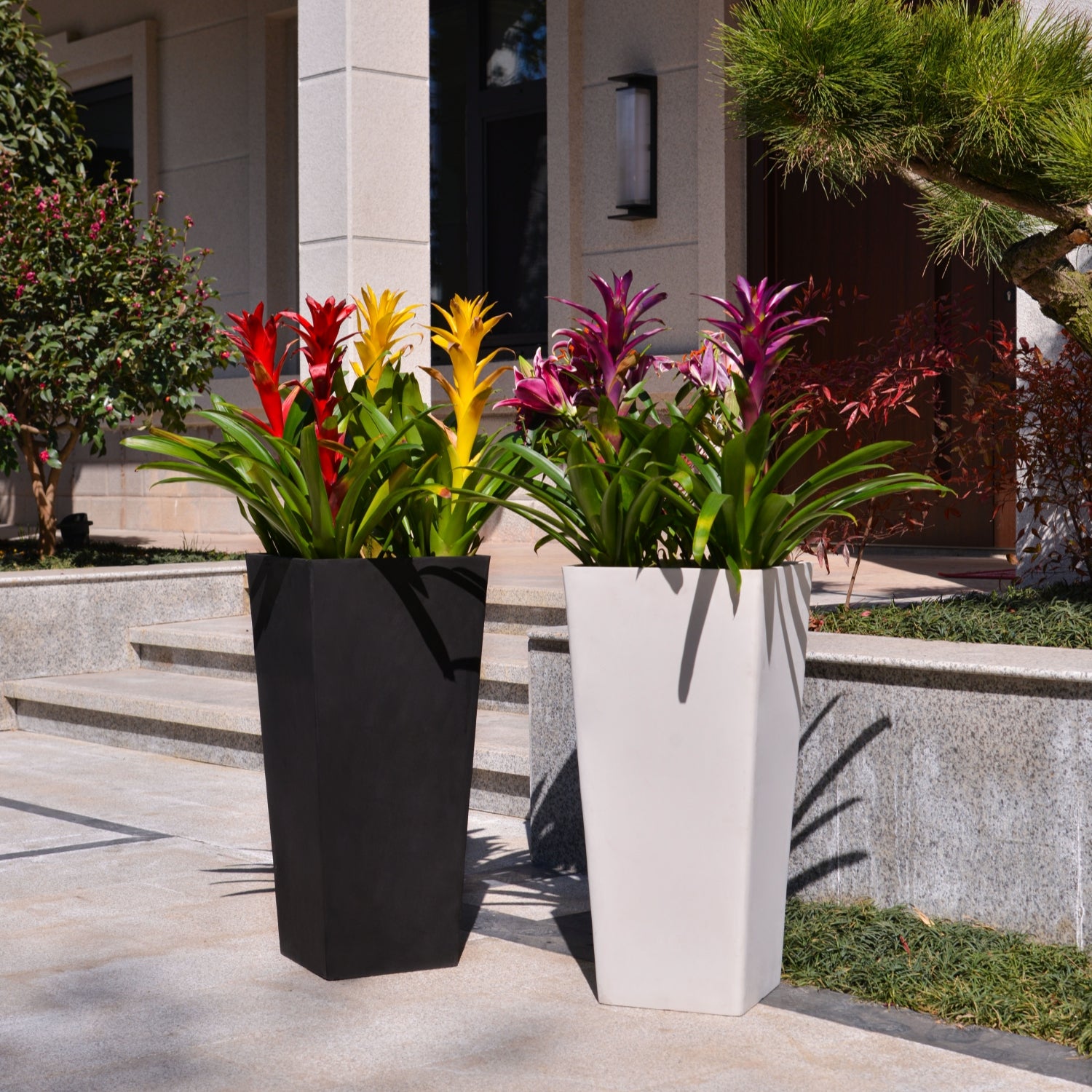Green Thumb Indoors: Your Guide to Starting a Vegetable Garden at Home
For American gardeners eager to get a head start on the growing season or those with limited outdoor space, starting a vegetable garden indoors is a fantastic option. Nurturing tiny seeds into healthy seedlings indoors allows you to enjoy homegrown vegetables earlier in the year and gives you more control over their initial growth. This guide will walk you through the essential steps for successfully starting your vegetable garden indoors, tailored for the American gardening experience.
Why Start Vegetables Indoors?
Starting vegetable seeds indoors offers several advantages for US gardeners:
- Early Harvest: You can enjoy fresh produce weeks or even months before outdoor conditions are suitable for direct sowing.
- Longer Growing Season: Starting indoors is crucial for vegetables with a long growing season, like tomatoes, peppers, and eggplants, especially in regions with shorter summers.
- Stronger Plants: Indoor starting allows seedlings to develop a robust root system before facing the challenges of the outdoor environment.
- Protection from Pests and Weather: Indoor seedlings are shielded from harsh weather and common garden pests.
Best Vegetables to Start Indoors:
While some vegetables like root vegetables (carrots, beets, radishes) and direct-sown greens are best started outdoors, many others thrive when started indoors. Some of the most popular choices for American gardeners include:
- Tomatoes: A quintessential garden favorite, benefit greatly from an early indoor start.
- Peppers: Both sweet and hot peppers need a long growing season and do well when started indoors.
- Eggplants: Similar to peppers, eggplants require warmth and a long season.
- Broccoli & Brussels Sprouts: Starting these indoors allows for an earlier fall harvest, avoiding summer heat.
- Cabbage & Cauliflower: Like their brassica cousins, these benefit from an indoor start, especially for a spring harvest.
- Celery & Onions: These have slower root development and benefit from an early start.
Gathering Your Supplies:
To successfully start seeds indoors, you’ll need a few key items:
- Seed Starting Trays or Pots: Choose trays with drainage holes or individual pots. Peat pots or coco coir pots can be planted directly in the ground later, minimizing root disturbance.
- Seed Starting Mix: This is different from regular potting soil. It’s a lighter, finer mix formulated for optimal seed germination and seedling growth. Look for mixes containing ingredients like peat moss or coco coir, vermiculite, and perlite.
- Seeds: Select high-quality seeds from reputable sources. Consider your local growing zone and the expected last frost date.
- Watering Can or Spray Bottle: Use a gentle approach to avoid disturbing the delicate seedlings.
- Labels: Clearly label each tray or pot with the type of vegetable and the planting date.
- Grow Lights (Optional but Recommended): While a sunny windowsill might suffice for some seedlings, grow lights provide consistent and adequate light for strong, healthy growth, especially during shorter winter days. Full-spectrum LED grow lights are a popular and energy-efficient choice. Position the lights a few inches above the seedlings and adjust the height as they grow.
- Heat Mat (Optional): Some seeds, like peppers and tomatoes, germinate best with bottom heat.
The Seed Starting Process:
- Sow Your Seeds: Fill your seed starting trays or pots with the seed starting mix. Moisten the mix slightly before sowing. Follow the instructions on your seed packets for the correct planting depth and spacing.
- Provide Warmth and Moisture: Cover the trays or pots with clear plastic domes or plastic wrap to create a humid environment that aids germination. Place them in a warm location, ideally between 70-75°F (21-24°C). Once seeds germinate, remove the cover.
- Ensure Adequate Light: As soon as seedlings emerge, they need plenty of light. Place them under grow lights for 14-16 hours per day or in a very sunny south-facing window, rotating the trays regularly to prevent leggy growth.
- Water Carefully: Keep the soil consistently moist but not waterlogged. Water from the bottom by placing the trays in a shallow dish of water for a few minutes, or use a gentle spray bottle.
- Thin Seedlings: Once seedlings have their first true leaves (the second set of leaves after the initial seed leaves), thin them so that only the strongest seedling remains in each cell or pot.

Timing is Key :
The ideal time to start vegetable seeds indoors depends on your local climate and the specific vegetable. A general rule is to start seeds 6-8 weeks before the last expected frost date in your area. Consult your local USDA hardiness zone map and seed packets for specific timing recommendations.
Hardening Off Your Seedlings:
Before transplanting your carefully nurtured seedlings outdoors, they need to be gradually acclimated to the outdoor conditions – a process called hardening off. This prevents shock and helps them adjust to sunlight, wind, and temperature fluctuations.
- Week 1: Place seedlings in a sheltered spot outdoors (shade or partial shade) for a few hours each day, gradually increasing the time. Bring them back indoors at night.
- Week 2: Gradually expose them to more sunlight and slightly longer periods outdoors.
- After 1-2 weeks: Once the risk of frost has passed and your seedlings appear strong and acclimated, they are ready to be transplanted into your garden.
Starting your vegetable garden indoors is a rewarding process that sets you up for a bountiful harvest. By following these steps tailored for the American gardening context, you’ll be well on your way to enjoying fresh, homegrown vegetables!
20VD
By greenship|2024-08-13T06:43:41+00:00August 13, 2024|Categories: Hand-carving Series|
11THD
By greenship|2024-08-13T02:52:20+00:00August 13, 2024|Categories: Hand-carving Series|
KC2-21G
By greenship|2024-08-13T06:19:08+00:00August 13, 2024|Categories: Hand-carving Series|
Plant Pots 6 inch 8 inch 12 inch for Indoor Outdoor Plants, Set of 3 Modern Decorative Planter with Drainage Hole, Decorative Flower Pots
By greenship-seo|2025-04-10T06:38:40+00:00January 16, 2025|Categories: Hand-carving Series|Tags: Decorative Flower Pots|
GreenShip 27inch Tall Planters for Porch, Large Outdoor Planter Pots with Drainage Hole
By greenship-seo|2025-04-10T06:27:21+00:00April 7, 2025|Categories: Hand-carving Series|Tags: Decorative Flower Pots|
20T
By greenship|2024-08-13T06:42:22+00:00August 13, 2024|Categories: Hand-carving Series|






